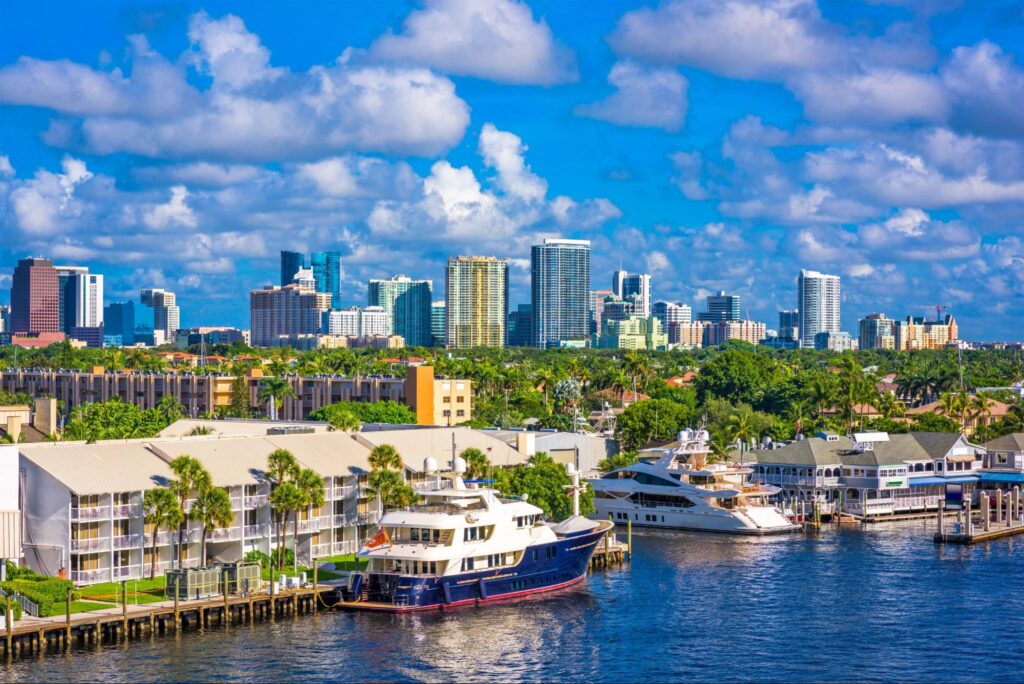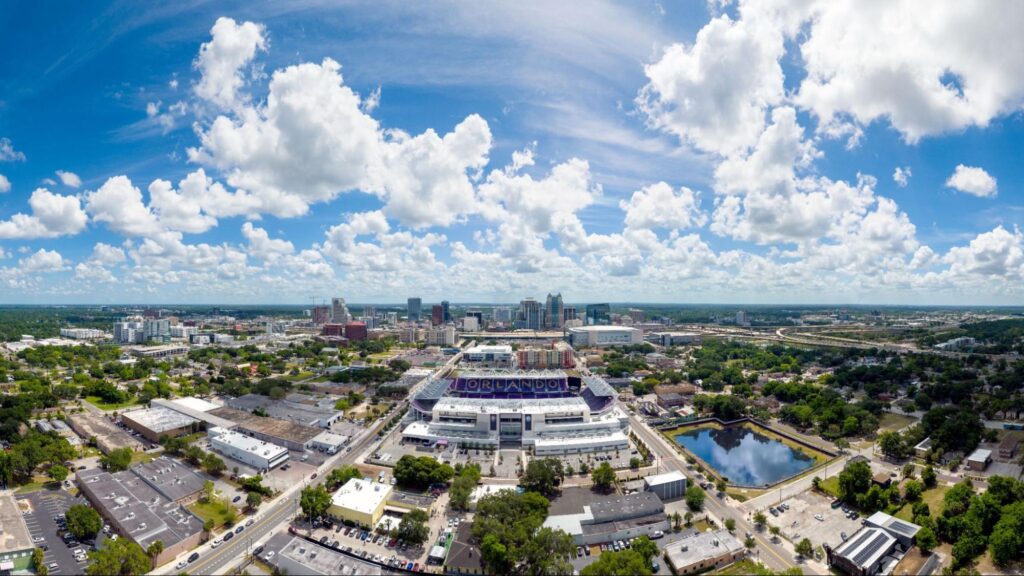As we conclude our series on Florida’s urban commercial real estate landscape, we turn our attention to two crucial aspects: the rise of secondary markets and the importance of resilience measures and disaster preparedness in property investments. Resilience, in this context, is about properties being able to withstand and quickly recover from natural disasters.
For example, investing in buildings with reinforced structures and impact-resistant windows helps ensure they can endure hurricanes. Additionally, having comprehensive disaster preparedness plans and adequate insurance coverage is essential. These factors offer significant opportunities and strategic advantages for investors looking to diversify and strengthen their portfolios in the Sunshine State. By focusing on resilient designs and investments in emerging markets like Tampa, investors can enhance their portfolios’ stability and growth potential.
The Growth of Secondary Markets
While Florida’s major cities like Miami and Orlando often dominate the headlines, secondary markets are becoming increasingly attractive for commercial real estate investments. Cities such as Jacksonville, Fort Lauderdale, and Tampa are experiencing robust growth, driven by a combination of lower costs, expanding populations, and business-friendly environments.
Attractive Entry Points and High Growth Potential

Secondary markets provide a compelling opportunity for investors due to their typically lower entry costs compared to primary markets. Property prices in areas like Tampa are generally more competitively priced, allowing investors to acquire prime real estate at a fraction of the cost of similar properties in Miami or Orlando. This competitive pricing, coupled with high growth potential, makes these secondary markets an appealing choice for those seeking substantial returns on investment.
Tampa has seen a surge in commercial developments and infrastructure improvements, making it a hotspot for businesses looking to expand. The area’s strategic location, coupled with a favorable economic climate, attracts both companies and residents, driving demand for commercial real estate. St. Petersburg, with its vibrant arts scene and growing tech industry, also offers significant opportunities for investors looking to capitalize on a diverse and expanding economy.
Emerging Business Hubs and Diversified Economies
Secondary cities are also emerging as business hubs with diversified economies. Tampa, for example, has evolved beyond its historical industries to become a vibrant center for technology, healthcare, and finance. This diversification reduces reliance on a single economic driver, providing stability and resilience to the local market.
Investors who recognize these trends can capitalize on the unique opportunities that secondary markets offer. By identifying cities with strong economic fundamentals and growth trajectories, investors can position themselves to benefit from the expanding commercial real estate landscape in Florida’s less saturated areas.
Community Development and Quality of Life

Another factor driving the growth of secondary markets is the focus on community development and quality of life. Cities like Tampa have invested significantly in enhancing urban living experiences, with initiatives aimed at improving public spaces, transportation, and cultural amenities. These efforts make secondary cities attractive to both businesses and residents seeking a high quality of life without the congestion and high costs of larger urban centers.
For investors, this focus on livability translates into stable demand for commercial properties as businesses and people flock to these more balanced and appealing environments. Investing in secondary markets not only offers financial benefits but also contributes to the growth and development of vibrant, sustainable communities.
Emphasis on Resilience and Disaster Preparedness
Florida’s susceptibility to hurricanes and extreme weather events underscores the critical need for resilience and disaster preparedness in commercial real estate investments. Ensuring that properties are equipped to withstand and recover from natural disasters is essential for protecting assets and maintaining business continuity.
Building Standards and Structural Integrity
Investing in properties that adhere to stringent building standards and structural integrity is crucial in a state prone to severe weather. Properties designed to meet or exceed these standards are more likely to endure hurricanes and other extreme conditions, minimizing potential damage and financial loss.
buildings with reinforced structures, impact-resistant windows, and advanced drainage systems are better equipped to handle the challenges posed by Florida’s climate. Investors should prioritize properties that incorporate these features to ensure long-term viability and safety.
Comprehensive Disaster Preparedness Plans

Having a robust disaster preparedness plan is vital for managing risks and ensuring quick recovery after an event. Such plans typically include strategies for emergency response, continuity of operations, and tenant communication. Properties equipped with backup power supplies, flood mitigation measures, and clear evacuation procedures offer a significant advantage.
Investors who focus on properties with strong disaster preparedness protocols can reduce downtime and protect their investments during and after severe weather events. This proactive approach not only safeguards assets but also enhances tenant confidence and satisfaction, leading to greater occupancy and retention rates.
Insurance and Risk Mitigation
Investing in comprehensive insurance policies is another critical component of resilience. Properties in high-risk areas should be covered by insurance that addresses the specific threats they face, including wind, flood, and hurricane damage. Adequate insurance coverage ensures that investors can recover and rebuild quickly after a disaster, minimizing financial impact and business disruption.
Risk mitigation strategies, such as conducting regular property assessments, updating and testing emergency plans, further strengthen a property’s resilience. Investors who adopt these practices can better manage risks and maintain the long-term value of their investments.
Strategic Insights for Investors

Embracing the opportunities in Florida’s secondary markets and prioritizing resilience measures in property investments are key strategies for thriving in the state’s commercial real estate sector. By diversifying into emerging cities like Tampa and focusing on disaster-prepared properties, investors can enhance their portfolios and capitalize on the growth and stability offered by these trends.
Florida’s urban commercial real estate landscape is diverse and dynamic, offering a wealth of opportunities for savvy investors. Whether investing in the growth potential of secondary markets or ensuring resilience against natural disasters, understanding and acting on these trends can lead to significant rewards.
By staying informed and proactive, investors can navigate the complexities of the market and secure their place in Florida’s thriving commercial real estate scene.
This concludes our series on the latest trends in Florida’s urban commercial real estate. By recognizing the transformative impact of mixed-use developments, sustainability, technological advancements, flexible workspaces, and resilient investments, investors can make strategic decisions that align with the evolving market landscape. Stay tuned for more insights and opportunities in the ever-changing world of real estate.
Frequently Asked Questions
Question: Why are secondary markets like Jacksonville, Fort Lauderdale, and Tampa attractive for commercial real estate investments?
Answer: Secondary markets offer lower entry costs, high growth potential, and diversified economies, making them appealing to investors seeking substantial returns and stable investments.
Question: What are key features to look for in properties to ensure resilience against Florida’s extreme weather?
Answer: Key features include reinforced structures, impact-resistant windows, advanced drainage systems, comprehensive disaster preparedness plans, and adequate insurance coverage.
Question: How can investing in properties with strong disaster preparedness and resilience protocols benefit investors?
Answer: These properties reduce downtime, protect assets during extreme weather events, and enhance tenant confidence and satisfaction, leading to higher occupancy and retention rates.



